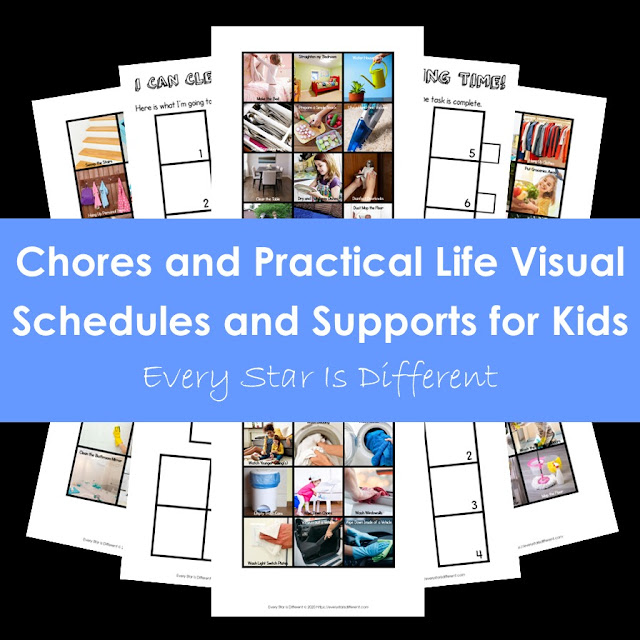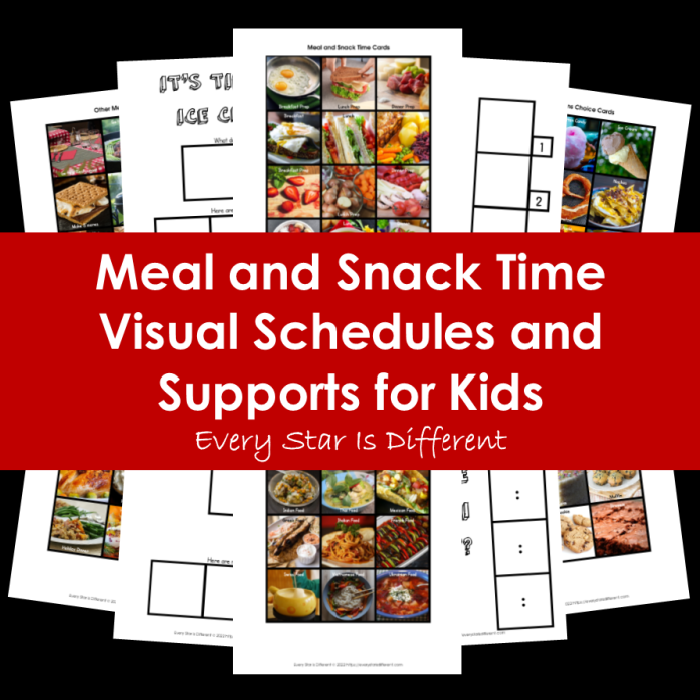Dear President Trump,
No matter how much we prepared our three older children for an unfavored election outcome, they weren't ready. There were so many strong emotions in our home the morning after Election Day. Some were crying. Others were screaming. None of them could accept the results.
What you don't know President Trump is over the course of your election process, you touched a nerve with each of my children. Things were said that they couldn't forget.
This post contains affiliate links.
You don't know this but they watched the news every night from the beginning of the primary election process to Election Day and heard every word you said.
You don't know this but they stayed up each night there was a debate, so they could listen and determine for themselves which candidate they liked best.
You don't know this, but they also stayed up until the wee hours of the morning on Election Day, when the numbers were coming in, because they wanted to know who the next President of the United States would be. Unfortunately their eyes could not stay open long enough to find out.
Letters to the President
The morning after Election Day, I asked my children if they would like to write you a
letter, in an effort to help them work through strong emotions. They all agreed that it would be beneficial. And so they wrote. I've been holding on to these letters since that day in November, wondering if I should share them with you or not.
But today, I can't seem to shake this fear that fills my entire body and soul. Tears won't stop flowing. The letters my children wrote to you keep coming to my mind.
Tonight at dinner, I asked the children if it was okay if I shared them with the world, in hopes that you may read them too. Without hesitation, they all said yes. They wanted you to know how they felt the day after the election, and how they continue to feel.
I had to warn them that some people may not like their letters. There may be some individuals who write mean things on Mommy's blog, facebook, Twitter or other social media accounts, because they don't agree. My daughter spoke up and repeated words I have said to her many times,
"Just because they say them, doesn't mean we have to believe them or that they're true."
And so, today, I share with you three separate letters from three of my children.
From Bulldozer
Dear President Trump,
I feel mad that you will be our President. You've made some bad choices. I hope you make good choices so I can like you.
Sincerely,
Bulldozer (Age 8)
What you don't know about Bulldozer is that he has autism and ADHD. My husband and I homeschool him because public education was not the right fit and at times simply too dangerous for his health. Bulldozer suffers from over 30 food allergies. He has environmental allergies as well. A sticker from the grocery store can cause him to go into anaphylactic shock, as he also has a life threatening allergy to adhesives.
President Trump, you don't know how hard he tried to like you. With every fiber of his being he tried to find the positive. He'd listen to every speech he could, looking for ways to support you. And even now, he is still hoping to find a way to like you. Please help him. He wants to look up to you.
From Princess
Dear President Trump,
I feel upset that you called women disgusting animals. I am also mad that you are going to be our President. I don't like you.
I hope that you will be a good President. I hope that you will stop calling women disgusting animals. Women are human not animals.
Sincerely,
Princess (Age 7)
What you don't know about Princess is that she was a foster child in our home, whom we adopted. She came to us neglected and abused, so much that her brain is permanently damaged and she is unable to love others like most people can. It's called Reactive Attachment Disorder (RAD). She also suffers from Post Traumatic Stress Disorder (PTSD) and an anxiety disorder as a result of the trauma she experienced before coming to us. We homeschool her to help her feel safe.
You don't know this, but the person that neglected her the most was a woman. Princess knows how cruel the world can be and if anyone has the right to speak poorly of women, it's her. But instead, she works day in and day out to heal from wounds that were not her fault and to forgive those who have hurt her. She works to trust people, especially women, so she can feel good about herself.
President Trump, she still has the desire to hope that you can help her too. Please help Princess understand how amazing she is and that she is beautiful on the inside and out.
From Dinomite
Dear President Trump,
I am not happy that you made fun of a person with disabilities. I have a disability called autism. When you make fun of people with disabilities I feel sad. I don't feel special anymore.
I hope you don't make fun of people anymore so I can feel special again. I'm fine the way I am.
Sincerely,
Dinomite (Age 9)
What you don't know President Trump is that Dinomite is an amazing boy. He is bright and kind. Besides autism, Dinomite struggles with ADHD and an anxiety disorder. We homeschool him, as public school was not the right fit, due to social pressures and sensory issues.
You don't know how hard Dinomite tries to be the best he can possibly be. The effort he puts into overcoming his challenges is amazing. He has such a sincere desire to be good. Please help him stay that way.
You have broken Dinomite's heart. He desperately wants to support and respect the President of the United States. He is so proud of being an American. Please help him feel special again.
More You Don't Know
You don't know that we have a fourth child, whose nickname is Sunshine, who we adopted through foster care as well. Through no fault of her own, she suffers from Reactive Attachment Disorder and Post Traumatic Stress Disorder. She was born with Mild Cranial Facial Microsomia and suffers a vision impairment because of it. Sunshine has also been diagnosed with a mood disorder and autism.
You don't know this, but because of behaviors related to Sunshine's disabilities, my husband had to quit his job. He is at home with me full-time to make sure that everyone stays safe and that all of our children are taken care of.
Our children, yours and mine, are our country's future. Circumstances in which we raise our children are not the same, but they all deserve an equal chance at success.
You don't know the financial struggles we've had.
You don't know how much we've fought for what's best for our children.
You don't know how hard we've worked to provide them with what they need.
You don't know the sacrifices we have made to provide our children with the very best opportunities and chances for success, so that when they grow up, they won't be reliant on others.
I used to feel so confident and full of hope, because of the choices we had made, but now...
You don't know the fear that fills my body and soul, as I worry that will all be taken away.
You don't know the nightmares I've had and the sleepless nights I've spent awake worrying about losing what we have.
Please help my children. Give them hope and confidence that you will be there for them.
You don't know how much we all need that right now.
Because what you don't know President Trump, is that we want to support you.
We want to trust that you will take care of our children.
We want to believe that we will all be okay.
We pray that you will be able to give us that.
This is what we need.
Sincerely,
A Concerned Mother of Four Special Needs Children
If you enjoyed this post, you may also enjoy the posts below.
This post is part of the Parenting Children with Special Needs Series. If you'd like to read more posts in the series this month, be sure to click the links below.





















































